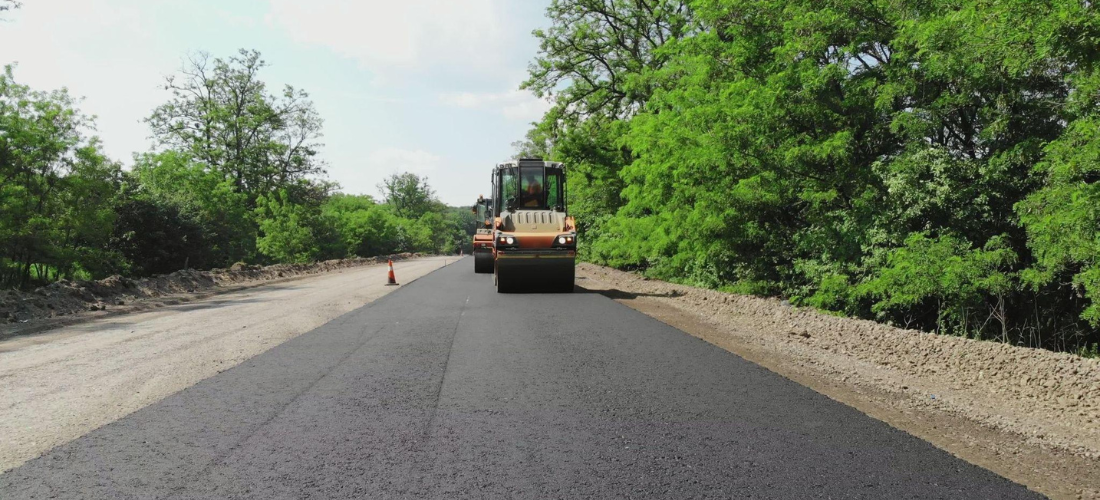Maintaining roads in optimal condition is essential for safe and efficient transportation. Among the various road maintenance techniques available, microsurfacing is gaining popularity for its effectiveness and cost-efficiency. In this comprehensive guide, we will demystify microsurfacing, exploring its process, benefits, and ideal applications for road maintenance and preservation.
What is Microsurfacing?
Microsurfacing is a protective surface treatment applied to existing road surfaces. It involves the application of a thin layer of a mixture comprising polymer-modified asphalt emulsion, aggregate, mineral filler, and additives. This combination creates a durable, skid-resistant, and rejuvenated road surface that prolongs its life and improves its performance.
How Microsurfacing Works:
Microsurfacing follows a systematic process to ensure its successful application. First, the road surface is cleaned thoroughly to remove debris and loose materials. Next, the microsurfacing mixture is spread evenly onto the road using a specialized machine equipped with a spreader box. This mixture is then compacted and leveled using rubber-tire or steel-drum rollers. After a short curing period, the road is ready for traffic.
Benefits of Microsurfacing:
Microsurfacing offers several benefits for road maintenance and preservation. Firstly, it seals and protects the underlying road surface, preventing water intrusion and reducing the risk of cracks and potholes. It also enhances skid resistance, improving safety for motorists, particularly in wet conditions. Microsurfacing can improve the appearance of the road by giving it a smooth and aesthetically pleasing black finish.
Furthermore, microsurfacing is a cost-effective solution. Its quick application process minimizes road closures and traffic disruptions, reducing inconvenience and associated costs. Additionally, the materials used in microsurfacing are typically less expensive compared to full-scale reconstruction methods, making it an attractive option for budget-conscious road maintenance projects.
Ideal Applications for Microsurfacing:
Microsurfacing is suitable for various road maintenance scenarios. It can be used on different types of road surfaces, including highways, residential streets, parking lots, and industrial areas. Microsurfacing is particularly effective for roads that display signs of moderate surface distress, such as raveling, oxidation, and minor cracking.
Microsurfacing can also be used as a preventive maintenance measure to extend the lifespan of relatively well-preserved roads. By applying microsurfacing before significant deterioration occurs, the road’s structural integrity can be maintained, ultimately reducing the need for more extensive and costly repairs in the future.
When to Use Microsurfacing:
Microsurfacing is best used as part of a comprehensive road maintenance strategy. It is particularly effective when applied to roads with surface distress that is beyond routine maintenance but does not require extensive reconstruction. By addressing these issues early on, microsurfacing helps to preserve the road surface and prevent further deterioration, ultimately saving costs in the long run.
Microsurfacing is also beneficial in areas where minimal road closure or disruption is desired. Its quick application and short curing time allow for faster reopening of roads to traffic, minimizing inconvenience to motorists and nearby communities.
Conclusion:
Microsurfacing is a valuable road maintenance technique that offers numerous benefits for preserving and rejuvenating road surfaces. By understanding the process, benefits, and ideal applications of microsurfacing, transportation authorities can effectively utilize this cost-efficient solution.

